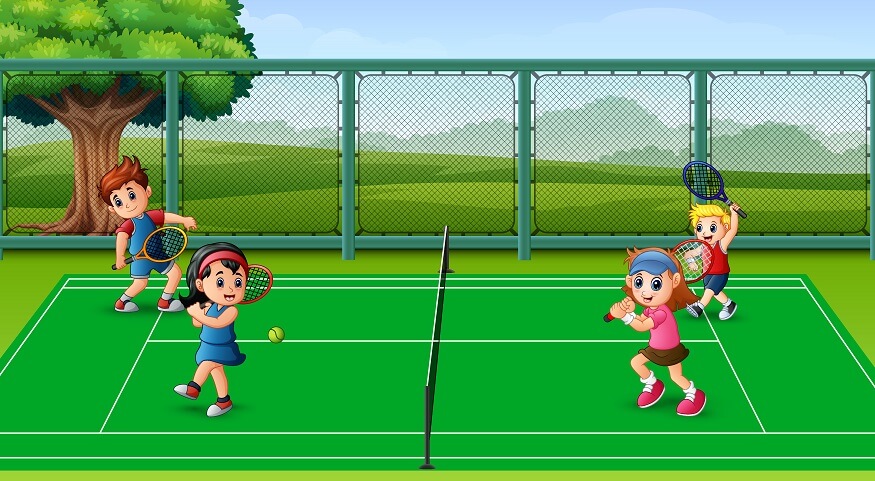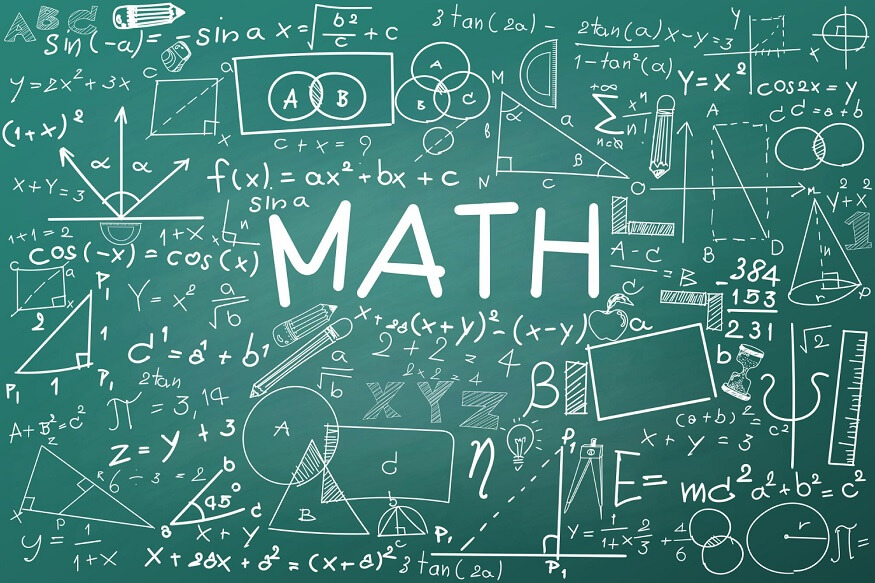In the vast and vibrant world of sports, few endeavours encapsulate the essence of skill, strategy, and athleticism as vividly as tennis. With roots that trace back centuries, tennis has evolved into a global phenomenon, uniting players and enthusiasts across the globe. Whether you’re an amateur stepping onto the court for the first time or a seasoned spectator of the game, understanding the tennis rules is pivotal to fully embracing the excitement it offers. In this comprehensive guide, we embark on a detailed exploration of the rules governing both singles and doubles matches, equipping you with the knowledge to appreciate every serve, volley, and game-changing moment.
Also Read: Physical Health Safety for Kids
Diving into Tennis Rules: Grasping the Fundamentals
1. Setting the Stage: The Coin Toss and Court Layout
The prelude to a tennis match begins with a ceremonial coin toss, a seemingly simple yet influential ritual. The winner of the coin toss has the privilege of deciding whether to serve, receive, or choose a preferred court side. The tennis court, a canvas for athleticism, is divided by a net, forming distinct halves housing service boxes. These service boxes set the stage for the tactical manoeuvres that define the match.
2. Mastery of the Serve: The Opening Move
Comparable to the opening notes of a symphony, the serve marks the beginning of each rally. The designated server directs the ball diagonally across the net, aiming for the opponent’s service box. A precise serve not only lands within the service box but also gracefully clears the net. If the ball touches the net and still lands within the service box, a “let” is declared, allowing the server another attempt.
3. Cracking the Scoring Code: Unveiling the Points System
Tennis scoring rules possess an intriguing scoring language that might initially confound newcomers. It employs unique terms such as “Love” for zero points, “15” for one point, “30” for two points, and “40” for three points. Securing victory in a game demands accumulating four points with a lead of at least two points. The concept of “deuce” enters the scene when both sides stand at 40 points, compelling a player or team to seize two consecutive points for triumph. In the pursuit of a set victory, the challenge involves securing six games while maintaining a margin of at least two games. This scoring labyrinth adds a layer of complexity to the elegant game of tennis.
Also Read: Badminton Vs. Tennis: Similarities and Differences
Tennis Scoring Rules Unravelled: A Closer Look
1. Deciphering Deuce and Advantage: Navigating Tense Moments
The thrilling sequence of deuce arises when both contenders or teams achieve a score of 40. The subsequent point after deuce grants an “advantage” to the player or team. Should this advantage persist through the next point, victory is bestowed upon the holder. However, if the opponent wins the following point, the score reverts to deuce. This back-and-forth sequence continues until a player or team secures two consecutive points, ultimately claiming the game.
2. Untangling the Tiebreaker Enigma: Intense Set Resolution
Certain tournaments introduce a tiebreaker when a set is tied at 6-6. The tiebreaker ignites a climactic showdown, with the first player or team to amass 7 points and maintain a 2-point lead emerging as the victor. The points within the tiebreaker progress sequentially: 1, 2, 3, and so forth, intensifying the drama and suspense.
Also Read: How to Play Badminton: Rules and Scoring
Mastering Doubles Tennis: A Symphony of Strategy
Rotation of Serving: Tactical Exchange
In doubles tennis, the game takes on an intricate choreography that involves a fluid rotation of serves. This strategic dance ensures that no team can rest too comfortably on their laurels. Within each doubles partnership, one player takes the responsibility of serving for a specific game. This rotation is not just a formality; it adds an element of unpredictability to the match, keeping opponents on their toes and requiring players to adapt swiftly.
The serving order is established at the beginning of a set and is rearranged after every odd-numbered game. This constant rotation means that players must be prepared to switch roles frequently, emphasising the need for adaptability and versatile skills. This strategic twist keeps the dynamics of the match dynamic and ever-evolving, offering players the chance to showcase their versatility and mastery of different playing styles.
Strategic Positioning: Crafting Collaboration
Doubles tennis is a symphony of collaboration, where each player has a distinct role in creating a harmonious performance. As the game unfolds, the court becomes a stage for strategic positioning and synchronised movements. The “net player,” positioned closer to the net, becomes the guardian of quick volleys and net play. Their role includes intercepting opponents’ shots, dominating the net, and setting up winning volleys. On the other side of the court, the “baseline player” assumes a defensive stance, focusing on powerful groundstrokes and well-placed returns.
The success of doubles partnerships hinges on seamless communication and well-coordinated movements. This communication can be as subtle as a nod or as overt as a verbal cue. The partnership thrives when players complement each other’s strengths, cover each other’s weaknesses, and execute a flawless symphony of shots.
Serve and Receive Dynamics: Adapting Strategically
The outcome of the coin toss can greatly influence the strategic dynamics of a doubles match. The team that wins the toss has the power to decide whether they want to serve first or receive first. This decision sets the tone for the initial rhythm of the match. If a team opts to serve first, they aim to establish an early lead, while a team choosing to receive aims to break the opponent’s serve and gain an early advantage.
As the match progresses, the roles within the serving team switch, adding a layer of strategy and adaptation. The serving team’s members switch roles after the first game, with the person who served in the prior game switching to the receiving position. Each player gets a turn serving and receiving thanks to this role rotation, which allows them to show off their flexibility and agility throughout the game.
Also Read: How to prepare your child for sports season
Conclusion
Tennis, with its rich history and dynamic gameplay, stands as a testament to the marriage of athleticism, skill, and strategy. By delving into the intricacies of tennis rules, from the ceremonial coin toss to the complex strategies of doubles gameplay, you unlock a deeper appreciation for the sport’s depth and beauty. Tennis is a symphony that needs players to coordinate their movements, adjust to shifting conditions, and work together fluidly. Whether you’re a player stepping onto the court or a spectator watching from the sidelines, understanding the rules and strategies of tennis adds a layer of engagement and excitement.
At Euroschool, our commitment extends beyond traditional classroom boundaries, offering a holistic educational experience. Recognizing the significance of sports, and comprehending the foundational rules of games like tennis is imperative. In our exploration titled “Tennis: Rules for Singles & Doubles You Must Know!”. This sharing of knowledge empowers EuroSchool students, enabling them to confidently embrace the sports world. This approach fosters a comprehensive education that transcends textbooks and immerses students in physical activities and a competitive ethos. Through this inclusive guide, Euroschool remains dedicated to equipping students with the aptitude to excel, not only on the court but in all aspects of life.










